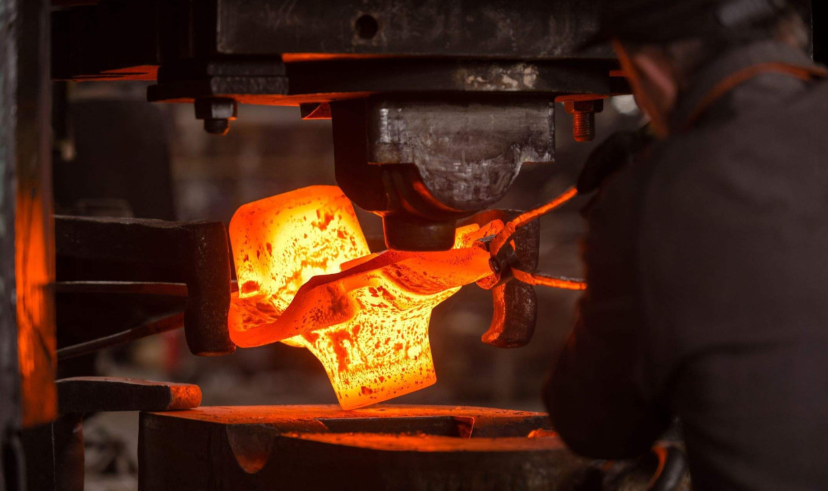- Home
- Factories
- Processes
- Products
- News
- Download
- Contact Us
Views: 9 Author: Site Editor Publish Time: 2022-11-22 Origin: Site

Forging is the manufacturing process in which metal is shaped by hammering, pressing or rolling. This is done either by a hammer, press or die. It is essentially the art of heating hot metal and shaping it into a form suitable for a particular purpose or use. Working the material improves many of its properties, including structure, conductivity and durability. Forging is a very useful and versatile tool for many industries, and the process is economically viable and achieves certain mechanical properties. Forging is often distinguished by the temperature at which it is performed: Cold, warm or hot forging.

Forging is one of the oldest known metalworking processes. Traditionally, forging was performed by a blacksmith using a hammer and anvil, but the introduction of water power into the production and processing of iron in the 12th century allowed the use of large hammers, which increased the amount and size of iron to be produced and forged. Over the centuries, the forge has evolved into an institution with engineered processes, production equipment, tools, raw materials and products to meet the demands of modern industry.
In modern times, industrial forging is done either with presses or with hammers powered by compressed air, electricity, hydraulics or steam. These hammers can have a weight of several thousand pounds. Smaller hammers with a stroke weight of 500 lb (230 kg) or less and hydraulic presses are also common in art forges. Some steam hammers are still in use, but they have become obsolete with the availability of other, more convenient sources of power.

Forging can produce a part that is stronger than an equivalent cast or machined part. As the metal is formed during the forging process, its internal grain structure deforms to follow the overall shape of the part. As a result, microstructural variations are continuous throughout the part, resulting in a part with improved strength properties, and forged parts have a lower overall cost than cast or fabricated parts. When all costs incurred in the life cycle of a product are considered, from procurement to lead time to rework, and when the costs of scrap, downtime and other quality issues are factored in, the long-term benefits of forgings can outweigh the short-term cost savings that cast or fabricated parts might offer.

roll forging, swaging, cogging, open-die forging, impression-die forging (closed die forging), press forging, cold forging, automatic hot forging and upsetting.
Carbon steel material class: 20, 35, 45, Q235, etc
Alloy structural steel: Q345, Q395, Q460, etc
Stainless steel: 304, 316, 316L, etc
Aluminum alloy: 6061 6063 5052, etc
Copper alloys: HPb59-1 H62 T2, etc
| | Floor 21, Block B, Fortune Building, No. 18 Xinghua Bei Street , Tiexi District, Shenyang, 110025, China. |
| | 86 15541524932 |
| | contact@sydensen.com |